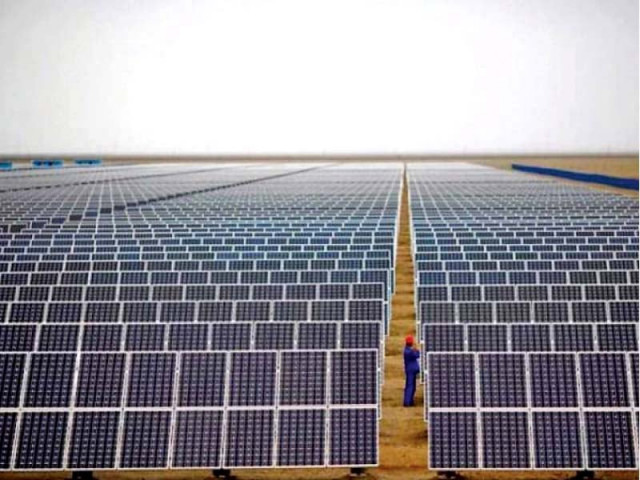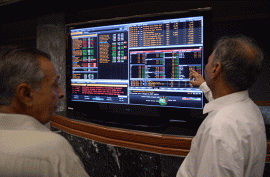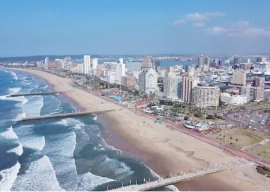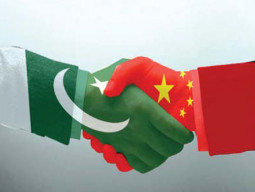
The tariffs and costs associated with the solar photovoltaic (PV) and wind power projects were on the higher side which were not only adversely affecting the basket price but were also hampering market competition among bona fide investors in renewable energy resources.
In a letter sent to the National Electric Power Regulatory Authority (Nepra), the Ministry of Water and Power pointed out that anomalies like higher engineering, procurement and construction (EPC) cost, high insurance rates, lower plant factors, absence of benefit of technologies, etc had led to abnormally high tariffs.
It strongly proposed a reduction in tariffs as comparative tariffs were now much lower internationally.
In the case of wind power tariff, the ministry noted that the regulator conducted its own investigation into the cost and competitive tariff and announced a tariff that could enable the investor to recover the cost and get an attractive return.
In many developing countries, however, this type of tariff has been determined through auction.
“Since the wind power market is much more stabilised now, the proposal to determine a benchmark levellised tariff for competitive bidding should be supported,” the ministry said.
Given the decline in solar PV costs and the time taken for project development, the ministry believes that project companies will be able to install advanced technologies with higher capital expenditure within the same cost parameters.
While energy production based on high-end technology will vary significantly depending on site location, land availability and selected technology, at least a 10% increase in the plant factor (actual output) is generally expected.
As such, the ministry said, the assumed benchmark plant factor of 18% for the southern region of the country could be increased to 20% and tariff should be reduced accordingly. Given the state of advanced technology in Pakistan, a project may retain full benefit in case a higher plant factor is achieved.
“It is in the interest of consumers to assume a higher plant factor upfront, thereby reducing the tariff, rather than assuming a low plant factor and higher tariff with sharing,” the ministry suggested.
Nepra assumed an annual increase of maximum 1% of the EPC cost to be adjusted subsequently each year, but “rather than retaining this cost-plus adjustment, which keeps the tariff higher, Nepra should assume a lower insurance premium from the onset,” the ministry said.
Given the declining trend in solar PV costs and as the insurance premium depends on the replacement value of the plant, the assumed insurance cost may be reduced to 0.5% of the EPC cost.
Nepra has increased the debt tenure from 10 years with one-year grace period to 13 years with one-year grace period and reduced the spread over London Inter-bank Offered Rate (Libor) from 4.5% to 4%. The ministry supported the change as it would bring down the tariff.
“There should no longer be any sharing in case the project-specific debt tenure or spread is different from Nepra’s assumptions,” it said.
The ministry suggested that project companies should be free to opt for shorter loan tenures (7 to 10 years) and make higher debt repayments at the cost of their equity returns. The removal of sharing will also provide the flexibility to the project companies to subsequently refinance their debt.
This will ultimately benefit the end-consumers as Nepra can assume longer debt tenures and lower spread on Libor/Kibor in future tariffs.
Published in The Express Tribune, August 16th, 2016.
Like Business on Facebook, follow @TribuneBiz on Twitter to stay informed and join in the conversation.


















COMMENTS
Comments are moderated and generally will be posted if they are on-topic and not abusive.
For more information, please see our Comments FAQ